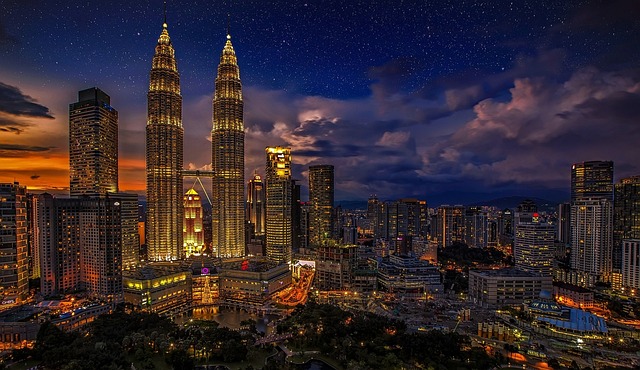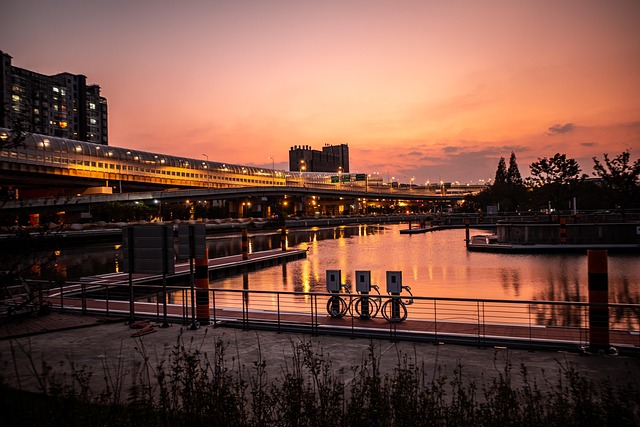London Bridge, a historic landmark spanning the River Thames, exemplifies London's evolution from medieval crossing to bustling industrial center. Its prime location attracts millions of visitors annually, boosting the local economy and real estate market. The bridge's iconic status and vibrant atmosphere make it ideal for luxury apartments and high-end retail spaces, contributing to the area's mix of historical buildings and modern architecture. As a popular tourist attraction, London Bridge fosters a dynamic business ecosystem and plays an integral role in the city's successful tourism industry.
London Bridge, an iconic landmark, stands as a symbol of the city’s rich history and enduring charm. This historic structure has evolved significantly over centuries, transforming from a medieval crossing to a modern architectural marvel. Its impact extends beyond aesthetics, offering lucrative real estate opportunities in the surrounding area. The bridge’s immense popularity attracts tourists and local businesses alike, fostering a vibrant ecosystem that contributes to London’s global allure. Discover how this iconic landmark drives real estate trends and enhances the local economy.
The History and Evolution of London Bridge

London Bridge, one of the city’s most iconic landmarks, has a rich history that reflects the evolution of both the city and its real estate landscape. Originally built in the medieval period, the bridge served as a vital link across the River Thames, connecting the cities of London and Southwark. Over time, it has undergone numerous transformations, reflecting changing architectural styles, engineering advancements, and shifts in urban needs.
In the 18th century, the bridge became a center for industry with the construction of warehouses and shops along its sides. This era marked a significant shift in real estate development, as London Bridge transformed from a purely functional structure to a vibrant hub of commercial activity. Today, it stands as a symbol of London’s resilience and adaptability, showcasing how historic landmarks can coexist with modern architecture and remain integral to the city’s dynamic real estate market.
Real Estate Opportunities Around the Iconic Structure

The iconic London Bridge, a symbol of the city’s rich history and modern vibrancy, presents an exciting opportunity for real estate developers and investors. With its prime location, the bridge attracts millions of visitors annually, making surrounding areas highly desirable for commercial and residential properties. The bustling atmosphere and stunning views offer a unique selling point, especially for luxury apartments or high-end retail spaces. Developers can leverage the bridge’s popularity to create sought-after addresses, catering to tourists and locals alike.
In terms of real estate potential, the London Bridge area offers a mix of historical buildings and modern architecture. The nearby streets are already home to trendy cafes, art galleries, and boutique shops, indicating a thriving market for mixed-use developments. By capitalizing on the bridge’s iconic status, investors can drive economic growth and contribute to the area’s diverse and dynamic landscape.
Touristic Attractions and Local Businesses Benefiting from the Bridge's Popularity

London Bridge, a historic and iconic landmark, has become one of the most popular tourist attractions in the city. Its strategic location connects two sides of London, making it a bustling hub of activity. This bridge’s popularity has not only brought immense cultural significance but also had a profound impact on the local economy, especially for real estate and nearby businesses.
The bridge attracts millions of visitors each year, creating a vibrant atmosphere with various local enterprises thriving as a result. Tourists often explore the area’s historic sites, enjoy dining experiences, and engage in retail therapy along the riverfront. This influx of people directly benefits nearby restaurants, shops, and hotels, fostering a dynamic and prosperous business ecosystem. The bridge’s allure has undoubtedly contributed to the growth and success of local enterprises, making it an integral part of London’s thriving tourism industry.






